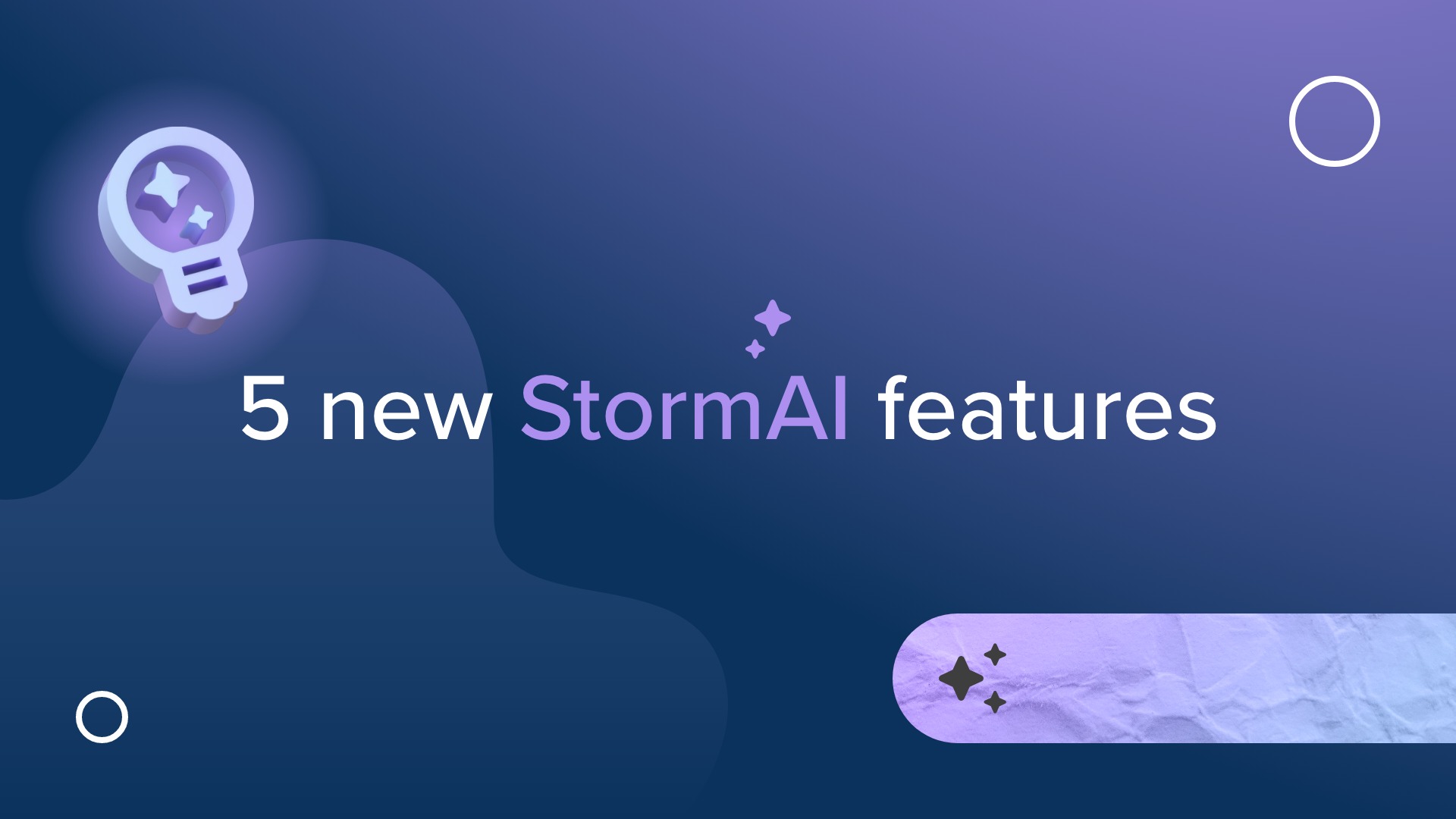Theory of Constraints: Your Guide to Stormboard’s Thinking Process Template
With the rapid development of business process improvement and business methodologies — from Agile all the way Six Sigma — within the last few decades, it may come as a surprise that one of the most tried and true protocols would originate from a work of fiction by M. Goldratt.
Published in 1984, the book titled The Goal was based on the work-life of a production manager whose focus on his end goal leads to company-wide productivity. This management philosophy was called the Theory of Constraints.
What is the Theory of Constraints?
Although it may seem counterintuitive, the Theory of Constraints is a business methodology that asks teams to embrace environmental and executional business constraints as a positive. Businesses are to look at a single constraint, which limits the team from achieving the most valuable goal. By identifying and breaking through the constraint, the team successfully prioritizes time and resources in the most productive fashion.
Simply put, identifying the constraint and tackling it helps a business get the “biggest bang for their buck.” This notion is especially important for businesses who are facing hardships due to the current economic state caused by COVID-19.
Stormboard’s Thinking Process template was created for times just like these.
Using the Thinking Process Template
Based on the thinking process found in the Theory of Constraints, this template uses five sections to enable focused improvement, and breakthrough solutions by identifying, challenging, and correcting previous assumptions.
The Thinking Process Template’s sections ask you to identify what to change, what to change into, how to cause the change, why you need to change, and how to maintain the process of ongoing improvement.
The template sections:
What to change
Use this section to write down everything that needs to be changed. Identify the key issue(s) or constraint(s) that need improvement.What to change into?
Here you will identify what you will turn your issue(s) or constraint(s) into in order to move past them.How to cause the change?
Now that you’ve identified what the issue is and what your desired goal for this issue is, you can figure out how this change will come about.Why change?
Every issue needs to be solved for a reason. Here you will identify why the change needs to occur and what your goal is for this change.How to maintain the process of ongoing improvement (POOGI)
Once the problem is identified and a plan to solve it is in place, you will need to come up with a process to maintain your improvement over time.
Conclusion
This template is ideal for teams who need to identify what is causing an issue in their process, problem-solve, and work to change something that isn’t working so your overall process can become more efficient and effective.












